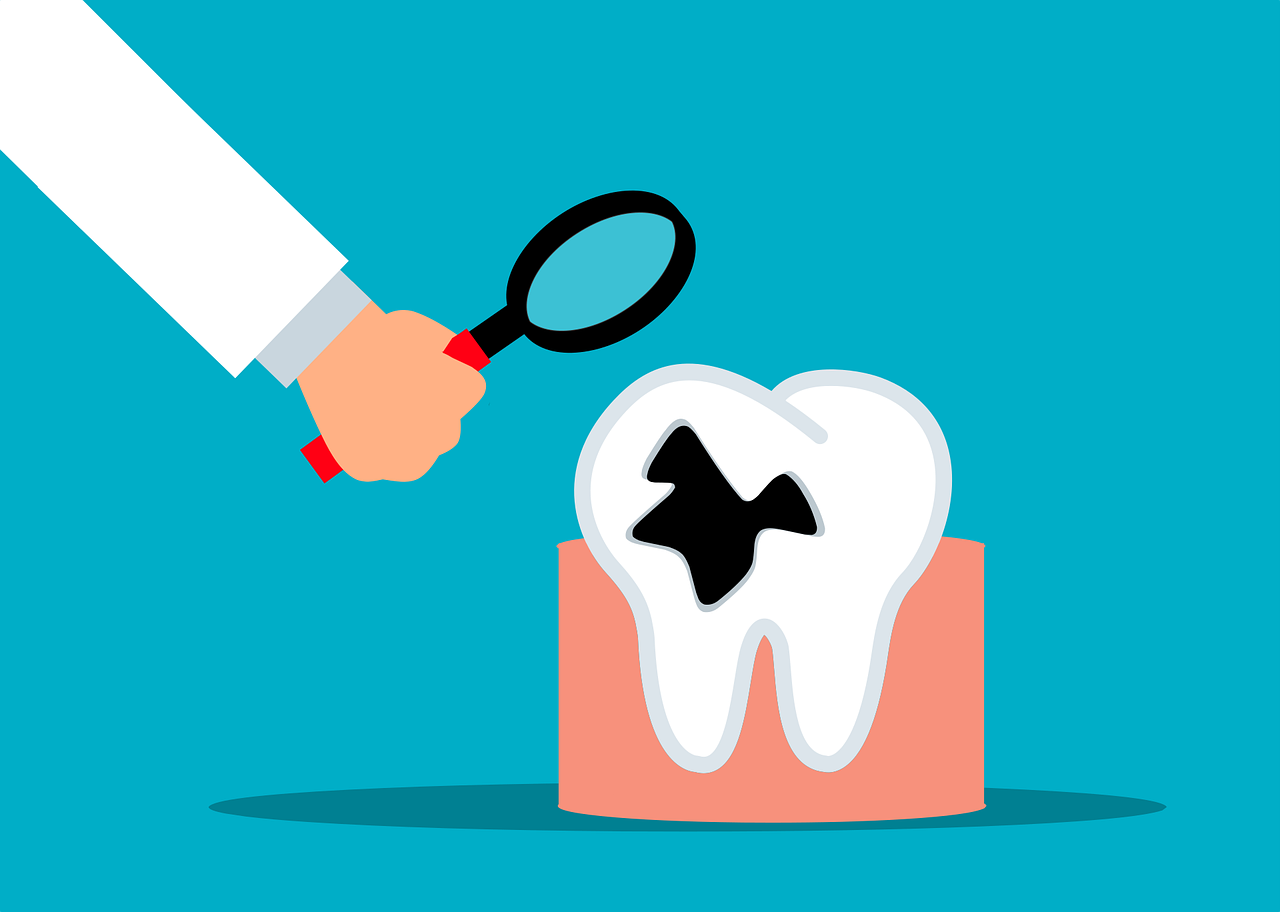
“Green is the prime color of the world, and that from which its loveliness arises”. The vast greenlands are created for human’s peace and pleasure. But are all the plants useful??? The answer is a Big NO…………..
A beautiful plant, when got dried under the leaves and becomes yellow is sent to the industries for processing. The product that is prepared gives pleasure to lakhs of human beings. This product is none other than “TOBACCO”. The history of tobacco goes back in the ancient times when according to Huron Indian Myth, the land was barren and the people were starving, a woman was sent to save the humanity. While travelling the world, potatoes were grown wherever her right hand touched and the touch of the left hand leads to the growth of corn. When the world was rich and fertile, she down to rest. After she arose, tobacco grew at the place where she had sat.
The tobacco plant has very small seeds with about 3,00,000 seeds in one ounce of the sample. It is believed that the cultivation of tobacco plant began around 6000 B.C. in the Americas and American Indians began using it for different purposes like religious and medical practices around 1 B.C. Ayurveda prescribes fumigation (dhupa) and fire offerings (homa) since 3000 B.C. Cannabis smoking is even mentioned in the Hindu Vedas and it was practiced here in India around 2000 B.C. as per Atharvaveda. In Yajurvaveda, tobacco is mentioned as “Malapatra” and “Thalapatra”. During those days, the warriors used to sleep on its leaves in order to get extra energy to vigorously fight during the day times. But, the Mughals and English misunderstood the heat generated by the body, burns the “Malapatra” and gives energy through the skin cells. The smoke was taken directly into the lungs giving an illusion to attaining energy. This is How the smoking habit had started.

Christopher Columbus brought tobacco to Europe after he was gifted its dried leaves by American Indians on October 15, 1492. According to a book by Spanish doctor named as Nicolas Monardes, tobacco has the potential to cure 36 health problems. Thomas Harriet, a Virginian had promoted smoking tobacco in 1588. But , unfortunately he had died of nose cancer. Soon, the little seed had become so popular that it was used as money in the 1600s and was considered “As Good as Gold ”. It was this era when Portuguese traders introduced the tobacco seed in the Indian market and first ever used in the city of Bijapur in the Adil Shahi kingdom of Southern India. The consumption of tobacco became popular among both men and women in the form of “Hookah”. Gradually, the popularity of tobacco had increased and it became quite popular among all the socio-economic groups by 1610. The medicinal values of tobacco plant are very well discussed in one of the finest works of Sanskrit literature, the Yogaratnakara, a medical compendium composed between AD1625 and AD 1750. Since then, tobacco is seen as a continuous growing industry. The traditional Indian hand-rolled cigarette was first mentioned in the year 1711.
Tobacco served as collateral for loans the Americans borrowed from France at the time of American Revolutionary War in 1776. Soon after the discovery of pure form of nicotine in 1826, scientists had declared it as poisonous. But, there was no effect seen on its production, use or popularity and it was proved by the establishment of the famous, Phillip Morris in 1847 selling the hand-rolled Turkish cigarettes. Cigarettes became popular after the soldiers brought it to England from the British and Turkish soldiers. Tobacco in the chewing form became popular with the “cowboys” of the American West. In India, paan chewing became popular among the invading rulers and the people with increasing importance towards Mughal era. The chewing of tobacco would produce bright red juice that colour the mouth and lips, hence was popularly used by the women for cosmetic reasons.
The New York headquarters by the British Phillip Morris was set up in 1902 to market its cigarettes, including the famous Malboro brand. Malboro was considered as woman’s cigarette that is “Mild as May”. Camel, a cigarette brand by R.J.Reynolds increased the demand of cigarettes by 1913. These were called as “Soldier’s smoke” during World War I. It was only in 1939, a new brand known as Pall Mall by American Tobacco Company allows it to be the largest cigarettes producing company in the United States. World War II was the time when cigarettes were included in soldiers C-Ration (like food). 1950s was the time when newer evidences of lung cancer because of smoking started uprooting. But, tobacco industry denied all the health hazards and a new brand with “microtine” filter containing asbestos was marketed in 1952, fortunately discontinued in 1956.
Currently, India is the second largest producer in the world. Tobacco is included as one of the ingredients of paan and is popularly known as “tambula” in Sanskrit- the ancient Indian Language. Paan is also considered as sacred and is offered to deities during religious ceremonies. People in many parts of the rural India still believes that smokeless form of tobacco acts as painkiller and has protective effect on the teeth.
“All that glitters is not gold.” Tobacco use in any form, smoking or smokeless is addictive as it has Nicotine. It is formed in the roots and reaches the leaves as the plant grows. It is absorbed and enters the bloodstream, through the lungs when smoke is inhaled, and through the lining of the mouth (buccal mucosa) when tobacco is chewed or used as oral snuff. Nicotine binds to the receptors in the brain cells and induces the release of neurotransmitters that lead to addiction. Its use is considered as stress relieving by some while a fashionable trend by the teenagers.
The long term use of tobacco in any form leads to atrophy of the lining mucosa and may lead to a deadly disease, Cancer. The recent years have shown that the tobacco industry knows all the ill effects of cigarettes and still continues to produce and market them. The evidences have also proved that the knowledge of addictive effect of nicotine is exploited to get millions of people hooked on this dangerous habit.
All the facts are clear. The one has to be conscious on his own as
“Prevention is better than Cure”







